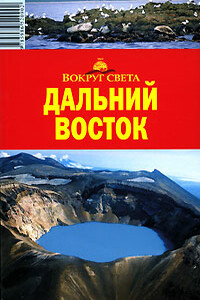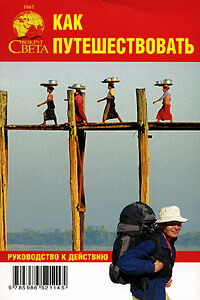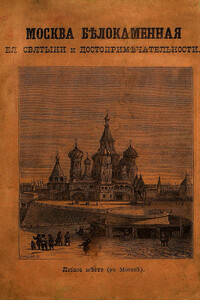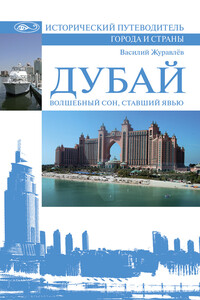Симферопольский клад | страница 13
Gold, silver, silver with guilt, bronze, cast iron and even wooden paitsa are known. The silver paitsa in the Simferopol treasure weighs 497.9 grammes, and has a guilt inscription on both sides reading as follows: "Issued by the great khan of the Eternal Heavens. Those unfaithful to Mongols are deprived of their lives." Shown on the obverse side of the paitsa, amidst fluffy clouds in its upper part is a guilt picture of the sun in the form of a circle with a six-petal rosette inside symbolizing radiating sunbeams. The reverse side is decorated by a guilt crescent also in the surrounding of clouds. These ornaments are similar to the drawings on paitsa discovered in the lower reaches of the Volga and containing the names of khans in their inscriptions. One is the name of khan Tokhta (1290-1312) and the other -of khan Uzbek (1312-1341). The similarity of the ornament on all the three items gives the reason to refer the paitsa from the Simferopol treasure to the category of a 14th-century paitsa of the Golden Horde.
It is quite possible that one of the Golden Horde khans had presented the owner of the treasure not only with the paitsa but also with some other articles. The famous Venetian traveller Marco Polo writes that along with the plates that is the paitsa, the great khans also granted silverware. There are also silver vessels in the Simferopol treasure. For instance, a bowl with a circular bottom and stylized inscriptions on its outer and inner surfaces, a small vessel with a spout, an inkpot decorated with fancy stamps with a floral ornament, a spherical vessel with a lid, its surface, divided into sections and adorned with floral patterns against a niello background. Only conjectures can be made about the designation of this wonderful vessel. It is quite possible that it was used to hold ceruse, antimony and other cosmetics that had to be sifted and ground by means of special articles. There is no doubt that the long narrow spoon and the spoon-sieve also found in the treasure served this purpose.
A spoon-ladle with an interesting figurine of a man at the end of the handle is worthy of note. The man is sitting, elbows resting on his knees, holding with both hands a vessel from which he is drinking. The man wears a conical Turko-Mongolian hat. Its crown has stitched vertical seams joining at the top. There is also a stylized figurine of an eagle-owl with huge round eyes at the place where the handle joins the ladle. Most probably this figurine served as a charm protecting the owner from evil spirits. The Mongols venerated the eagle-owl from ancient times.



